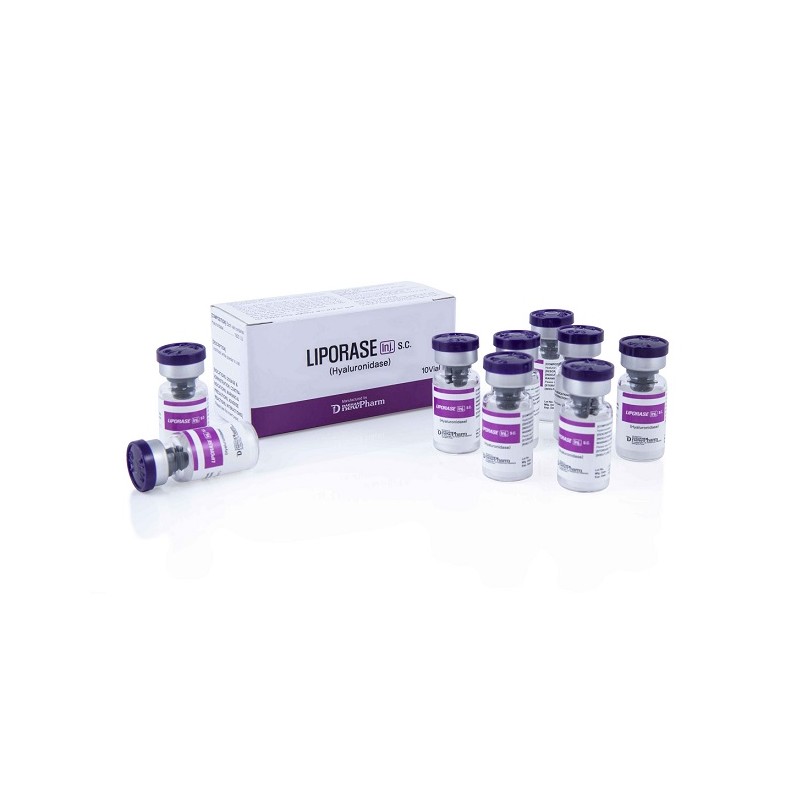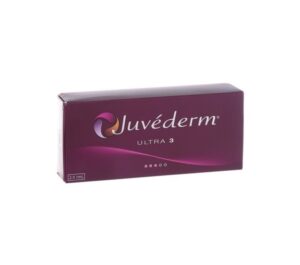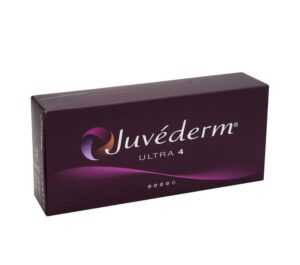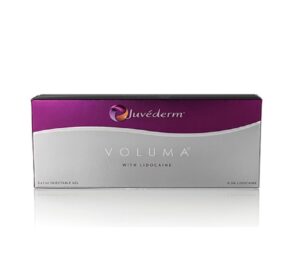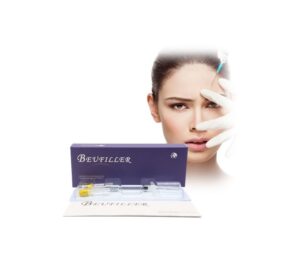Description
Title: Comprehensive Guide to 10 Vials Hyaluronidase Liporase: Uses, Benefits, and Applications
Introduction to Hyaluronidase Liporase
Hyaluronidase Liporase is a widely used enzyme in the aesthetic and medical fields, primarily known for its ability to dissolve hyaluronic acid (HA). This product, available in a pack of 10 vials, is highly sought after by professionals for correcting excessive or misplaced HA fillers and enhancing the effectiveness of other treatments.
Understanding Hyaluronidase and Its Function
Hyaluronidase is an enzyme that breaks down hyaluronic acid, a naturally occurring substance in the human body that contributes to hydration, elasticity, and volume in the skin. While HA fillers are extensively used in cosmetic procedures to enhance facial features, overcorrection or incorrect placement may necessitate the use of hyaluronidase to dissolve the filler safely.
Composition and Packaging
Each vial of Hyaluronidase Liporase contains:
- Hyaluronidase enzyme: The active ingredient responsible for breaking down HA.
- Buffering agents: To stabilize the enzyme for effective application.
- Sterile packaging: Ensuring safety and efficacy.
A single package consists of 10 vials, making it convenient for multiple uses, whether in a professional clinic or for bulk storage.
Primary Uses of Hyaluronidase Liporase
Hyaluronidase Liporase has several important applications, including:
1. Hyaluronic Acid Filler Dissolution
One of the primary uses of this enzyme is to dissolve unwanted or incorrectly placed HA dermal fillers. This is particularly useful for:
- Overfilled lips, cheeks, or under-eye areas
- Asymmetrical filler placement
- Nodules or lumps caused by uneven distribution
- Emergency situations where vascular occlusion occurs
2. Enhancing the Absorption of Injectables
Hyaluronidase is also used to enhance the spread and absorption of other injected substances, including local anesthetics and medications. This allows for better diffusion and a more even effect.
3. Treating Fibrosis and Scar Tissue
This enzyme has shown effectiveness in treating fibrosis or excessive scarring by breaking down hyaluronic acid-rich tissues that contribute to the problem. It is sometimes used post-liposuction to improve skin texture and reduce nodules.
4. Aiding in Aesthetic Revisions
In some cases, patients may seek modifications to previous filler treatments. Hyaluronidase allows for controlled reversal and adjustments, ensuring that the aesthetic results align with the patient’s goals.
How to Use Hyaluronidase Liporase
Hyaluronidase Liporase should always be administered by a qualified professional to ensure safety and effectiveness. Here’s a general guide on its usage:
1. Preparation
- Reconstitute the lyophilized powder in the vial with saline solution or lidocaine (as per professional preference).
- Ensure proper dilution to achieve the desired strength.
2. Injection Method
- Direct Injection into the HA Filler: Injecting directly into the filler area helps dissolve it efficiently.
- Subcutaneous Injection for Enhanced Absorption: Used in cases where improved diffusion of other injectables is needed.
3. Dosage and Dilution Guidelines
- The amount of Hyaluronidase required depends on the type, amount, and location of the HA filler.
- A typical dose ranges between 30-150 IU per injection site, but this varies based on the specific case.
4. Post-Procedure Care
- Patients should avoid excessive touching or massaging of the treated area.
- Some redness, swelling, or minor bruising may occur but typically resolves within a few days.
- Follow-up treatments may be required to ensure complete filler dissolution.
Precautions and Safety Considerations
While Hyaluronidase Liporase is generally safe, certain precautions should be observed:
- Allergy Testing: Some individuals may have allergies to hyaluronidase; a skin test is recommended before full application.
- Avoid Overuse: Excessive use may break down the body’s natural hyaluronic acid, leading to undesired effects such as volume loss.
- Not Suitable for Non-HA Fillers: This enzyme only works on hyaluronic acid-based fillers and is ineffective on other types of fillers such as calcium hydroxylapatite or poly-L-lactic acid.
Benefits of Using 10 Vials Hyaluronidase Liporase
- Highly Effective in Correcting Filler Mistakes: Provides a reliable way to dissolve HA fillers quickly.
- Minimal Side Effects: When used correctly, it has a favorable safety profile.
- Versatile Applications: Can be used for medical and cosmetic purposes beyond just filler dissolution.
- Cost-Effective: The 10-vial pack allows for multiple uses and treatments.
Frequently Asked Questions (FAQs)
1. How long does it take for Hyaluronidase Liporase to work?
Most patients notice results within 24 to 48 hours, but complete dissolution may take up to a week.
2. Can Hyaluronidase dissolve natural hyaluronic acid?
Yes, excessive use can break down the body’s natural HA, which is why precise application by a professional is crucial.
3. Is the treatment painful?
Some mild discomfort may occur, but using lidocaine for dilution can help minimize pain.
4. Can I reapply filler after using Hyaluronidase?
Yes, but it’s advisable to wait at least 2 weeks before re-injecting HA fillers to allow full tissue recovery.
5. Can this be used at home?
No, Hyaluronidase Liporase should be administered by a trained professional to avoid complications.
Conclusion
10 Vials Hyaluronidase Liporase is a powerful tool in aesthetic medicine, offering a reliable solution for correcting HA filler misplacements, enhancing drug absorption, and treating fibrotic tissues. When used correctly by professionals, it ensures optimal results with minimal risks. Whether for cosmetic corrections or medical applications, this enzyme remains an essential component in modern aesthetic practices.
